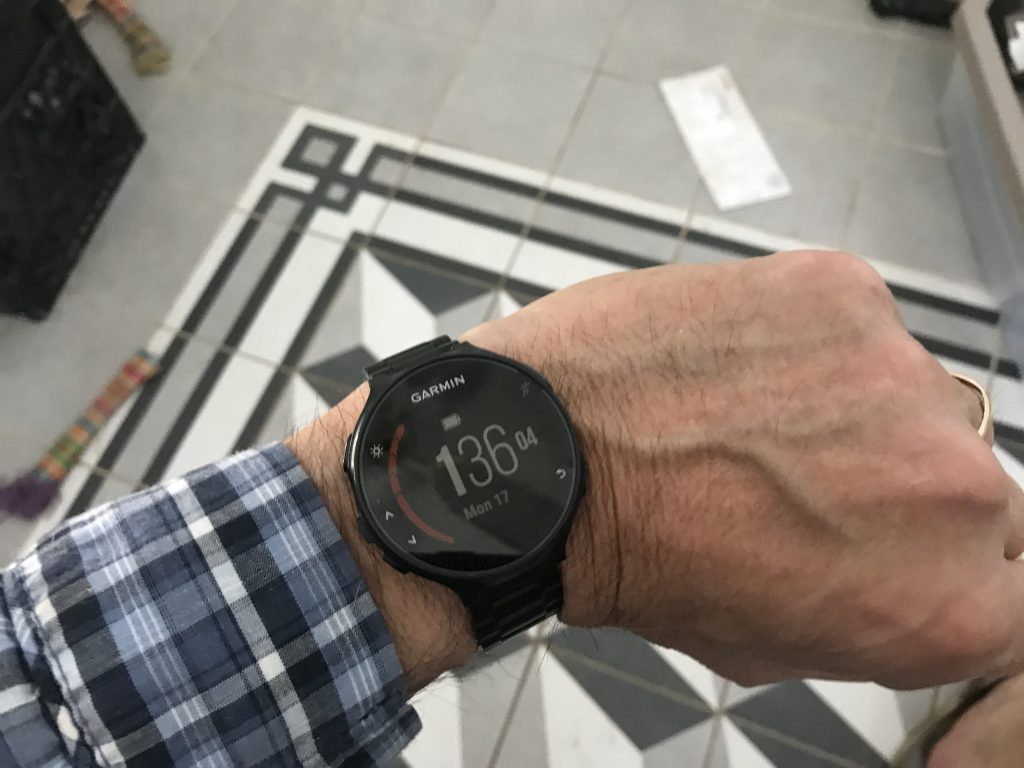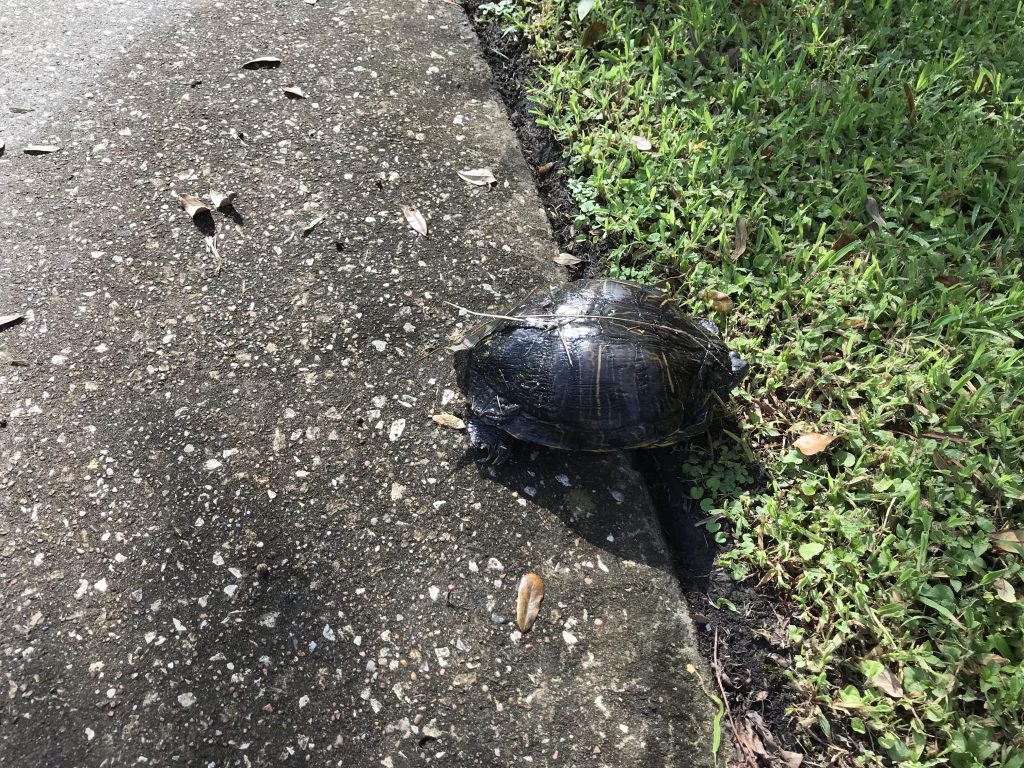Aerobic Exercise Produces the Cathepsin B Protein
by Kelly R. Smith

|
Runners might not all consider themselves to be superior to sedentary people but in all fairness, in our heart of hearts we might suspect it. As it turns out, running and other aerobic exercise does elevate us above the masses, at least with respect to health and mental functionality, all other things being equal. Let’s see how that works exactly.
Scientists now believe that running may help boost memory. This is because the aerobic activity produces a protein which boosts brain cell growth. Researchers at the National Institute on Ageing discovered that when our muscles are exercised they produce a protein called cathepsin B. This makes its way to the brain and triggers neuron growth.
Dr. Henriette van Praag, a neuroscientist at the National Institute on Aging says “Overall, the message is that a consistently healthy lifestyle pays off.” The key word to focus on here is consistently. It should come as no surprise that one of the fundamental aspects of this healthy lifestyle is what we eat and drink. It is therefore important to follow a diet for body and brain.
Initial Findings on the Cathepsin B Protein
Praag explains the research this way, “We did a screen for proteins that could be secreted by muscle tissue and transported to the brain, and among the most interesting candidates was cathepsin B. Moreover, in humans who exercise consistently for four months, better performance on complex recall tasks, such as drawing from memory, is correlated with increased cathepsin B levels.”
Of Mice and Men
Praag’s team initially found that the protein increased when they were studying mice that exercised regularly on wheels. The protein level increased in the blood and muscle tissue the more the mice ran. They next found that when cathepsin B was applied to brain cells in their lab it initiated the production of molecules related to neurogenesis, meaning the growth of neurons.
Additionally, they found that the mice that were genetically modified so that they no longer produced the protein performed less well in memory tests. Dr. van Praag concluded, “We also have evidence from our study that cathepsin B is upregulated in blood by exercise for three species—mice, Rhesus monkeys, and humans.”
How can we as runners reap these benefits? Dr van Praag says, “People often ask us, how long do you have to exercise, how many hours? The study supports that the more substantial changes occur with the maintenance of a long-term exercise regimen.”
Exercising on a Regular Basis Helps Reduces Memory Loss
A Number of health experts have believed in the benefits of running or involved in some other fitness regimen for a quite some time now. Elisa Zied, a member of the American Dietetic Association says, “It’s a no brainer, we know that exercise is something everyone should try to incorporate.”
Another study was undertaken at Columbia University Medical Center that also suggested that exercise may elevate a person’s memory capacity. Researchers in that study were the first to track brain cells in a living brain in an attempt to find the exact area that is the most affected by exercise. What they found is that exercise targets the very region that is associated with the unfortunate age-related memory decline that usually starts around the age of 30.
Participants in this study who were consistently physically active performed better on memory tests than were the participants who neglected exercise. Many health and nutrition experts propose that it’s just one more reason to get active. Zied said, “We’ve known for a long time you get this burst of energy and feel-good chemicals when you exercise, so its not that much of a stretch that it is actually going to preserve your mental function as you get older.”
Increased Blood Flow is an Essential Part of the Process
Webmd.com says, “Researchers found that exercise boosts blood flow to a brain area involved in memory—even in people who aren’t in top shape.” This study shows that just three months of physical exercise was all that was needed for people starting with low levels of aerobic fitness to build up the blood flow to that specific part of their brains and increase scores on memory tests.
In yet another study performed at the University of British Columbia researchers found that consistent aerobic exercise seems to increase the size of the hippocampus. This is the region of the brain that is involved in verbal memory as well as learning.
Running Improves Memory Both Directly and Indirectly
From a direct point of view, some of the primary benefits of running come from its capacity to lower insulin resistance, lower inflammation, and stimulate the production and release of growth factors. These chemicals in the brain are at least in part responsible for the healthy maintenance and operation of brain cells, the growth of new blood vessels internally in the brain as well as regulating the number of, and survival of, new brain cells.
But from an indirect point of view, a regular fitness routine has been shown to improve your mood and regenerative, restful sleep as well as reducing your levels of stress and anxiety. Problems in these areas often cause or contribute to cognitive impairment.
A number of other studies suggest that the regions of the brain that are responsible for controlling thinking and memory (specifically the prefrontal cortex and medial temporal cortex) have a larger volume in individuals that are runners as opposed to those who are not.
In a nutshell, if you are a runner, you are doing a lot more for yourself than just keeping the weight off. If you are not a runner, why not start? We can all use an improved memory, and more brain cells as we age.
Related Articles
- Endure: Mind, Body, and the Curiously Elastic Limits of Human Performance
- 10 Bad Habits That Result in a Slow Metabolism
- A Fundamental Guide to Long Runs
- How Blood Pressure Medication Affects Your Running
- Body Weight, Fat Percentage, and BMI
- People Experiencing Coronavirus Pandemic Dreams Should Learn Lucid Dreaming
Looking for more great content? Visit our main site I Can Fix Up My Home or our partner sites:
I offer article and blog-writing services. Interested? Contact me for a quote!
Did you find this article helpful? Millions of readers rely on information on this blog and our main site to stay informed and find meaningful solutions. Please chip in as little as $3 to keep this site free for all.
Visit Kelly’s profile on Pinterest.
About the Author:
 Kelly R. Smith is an Air Force veteran and was a commercial carpenter for 20 years before returning to night school at the University of Houston where he earned a Bachelor’s Degree in Computer Science. After working at NASA for a few years, he went on to develop software for the transportation, financial, and energy-trading industries. He has been writing, in one capacity or another, since he could hold a pencil. As a freelance writer now, he specializes in producing articles and blog content for a variety of clients. His personal blog is at I Can Fix Up My Home Blog where he muses on many different topics.
Kelly R. Smith is an Air Force veteran and was a commercial carpenter for 20 years before returning to night school at the University of Houston where he earned a Bachelor’s Degree in Computer Science. After working at NASA for a few years, he went on to develop software for the transportation, financial, and energy-trading industries. He has been writing, in one capacity or another, since he could hold a pencil. As a freelance writer now, he specializes in producing articles and blog content for a variety of clients. His personal blog is at I Can Fix Up My Home Blog where he muses on many different topics.







 Kelly R. Smith is an Air Force veteran and was a commercial carpenter for 20 years before returning to night school at the University of Houston where he earned a Bachelor’s Degree in Computer Science. After working at NASA for a few years, he went on to develop software for the transportation, financial, and energy-trading industries. He has been writing, in one capacity or another, since he could hold a pencil. As a freelance writer now, he specializes in producing articles and blog content for a variety of clients. His personal blog is at
Kelly R. Smith is an Air Force veteran and was a commercial carpenter for 20 years before returning to night school at the University of Houston where he earned a Bachelor’s Degree in Computer Science. After working at NASA for a few years, he went on to develop software for the transportation, financial, and energy-trading industries. He has been writing, in one capacity or another, since he could hold a pencil. As a freelance writer now, he specializes in producing articles and blog content for a variety of clients. His personal blog is at 























